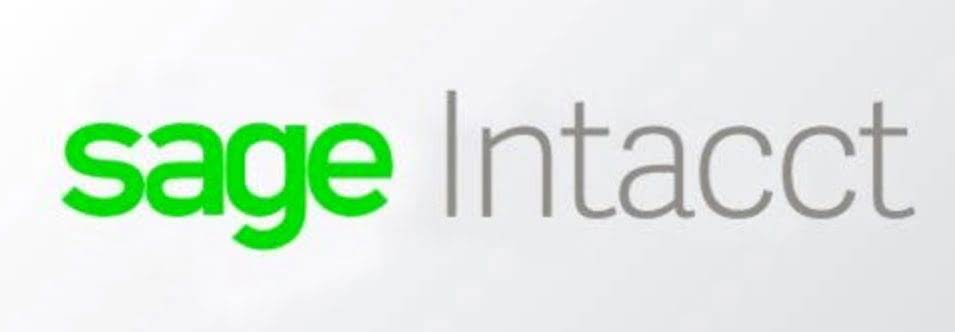
The balance of the deceased partner’s capital account is then transferred to a liability account with the deceased’s estate. The distribution of profits and losses in a partnership is a fundamental aspect that requires careful consideration and clear agreement among partners. Unlike corporations, where profits are typically distributed as dividends based on share ownership, partnerships have more flexibility in how they allocate earnings and losses. This flexibility allows partners to tailor the distribution to reflect their contributions, roles, and expectations within the business.
- They would also have a ‘current account’, which shows the accumulated profits less drawings for each partner and the balance of which is frequently asked for in exam questions.
- The sole proprietor, Partner A, will give the new partner, Partner B, an equal share in the partnership.
- Children and grandchildren can be partners to share inprofits of the building.
- Astrong partnership agreement is one way to help settle futuredisagreements.
Compensation for services and capital

In this article, we’ll help you identify potential accounting accounting partnerships partners and provide advice on establishing an effective accounting partnership through an assessment of your partner’s capabilities. If goodwill is to be retained in the partnership and therefore continue to be recognised as an asset in the partnership accounts, then no further entries are required. If the retiring partner’s interest is purchased by an outside party, the retiring partner’s equity is transferred to the capital account of the new partner, Partner D. For example, if Partner C withdraws only $20,000 in settlement of the interest, the difference between Partner C’s equity in the assets of the partnership and the amount of cash withdrawn is $10,000 ($30,000 – $20,000).

Allocation of net income

General partnerships are the simplest form, where all partners share equal responsibility for the business’s debts and obligations. This type of partnership is often chosen for its straightforward structure and ease of formation. However, the unlimited liability can be a significant drawback, as each partner’s personal assets are at risk. We offer many years of professional experience and a wide range of qualifications in law, tax, accounting, payroll, and business consulting. Our firm offers the highest level of service for individuals, corporations, partnerships, trusts and estates. After the partnership is established, an accounting record should be created so that all partners have access to information about income https://www.bookstime.com/ and expenses.

American Economic Review
- Globally, accountants and tax professionals rely on Becker for industry-leading tools and support they need to excel.
- This process can be complex, especially if the partnership holds significant or illiquid assets.
- Unlike corporations, where profits are typically distributed as dividends based on share ownership, partnerships have more flexibility in how they allocate earnings and losses.
- Step 1 – Recognise goodwill assetThe goodwill account is created by a debit entry of $42,000.
- When a partner retires from the business, the partner’s interest may be purchased directly by one or more of the remaining partners or by an outside party.
- This ensures that all partners are clear about their financial entitlements and responsibilities, fostering a transparent and cohesive business environment.
Any gain or loss resulting from the transaction is a personal gain or loss of the withdrawing partner and not of the business. Bonus is the difference between the amount contributed to the partnership and equity received in return. Each of the existing partners may agree to sell 20% of his equity https://www.facebook.com/BooksTimeInc/ to the new partner. The result for the new partner will be the same as if a single owner sold him 20% interest. They agreed to admit a fourth partner, Partner D. As in the previous case, Partner D has a number of options. He can buy shares of interest from one of the partners, or from more than one partner.

- Appropriations of profitAs there is no requirement for all of the appropriations considered below to be included by a specific partnership, exam questions may only include some of them.
- This value is credited to the old partners in the old profit or loss sharing ratio – ie 4/7 (or $24,000) to Andrew and 3/7 (or $18,000) to Binta.
- Partners must work together to inventory the partnership’s assets, which may include cash, property, and receivables, and determine the best method for liquidating these assets to maximize returns.
- When it comes to starting a partnership, you have to choose your partner(s) wisely.
- As such, it reduces the amount of profit available for sharing in the profit or loss sharing ratio.
- Salaries and interest paid to partners are considered expensesof the partnership and therefore deducted prior to incomedistribution.
These statements include the balance sheet, income statement, and statement of cash flows, each providing unique insights into different aspects of the partnership’s financial health. Accurate and transparent financial reporting is the backbone of effective partnership accounting. Financial statements provide a comprehensive view of the partnership’s financial health, enabling partners to make informed decisions and stakeholders to assess the business’s performance.
- Each business entity must file and pay taxes regularly (e.g., quarterly).
- Part of your responsibilities as a co-owner of a partnership is to handle business taxes.
- However, before we get to deal with this, we need to know the net profit for the period – this is calculated exactly the same as for a sole trader.
- The departing partner’s capital account must be settled, which involves calculating their share of the partnership’s assets and liabilities.
- In other words, it means reconciliation of accounting income with taxable income, because not all accounting income is taxable.
- Statement of partners’ equity starts with capital balances at the beginning of the accounting period, and reflects additional investments, made by the partners during the year, net income for the period, and withdrawals.
- Without such an agreement, each partner could vote as they please — even if that means voting against the interests of other partners.
Whatever your goals, your partner firm must be well aware of what you’re hoping to achieve from the partnership, and what’s in it for them. Teamwork is key to ensuring a positive outcome from your new accounting partnership. Alternatively, you may be forming a partnership to deal with competition. If a larger firm poses a threat to both you and your partner firm, you might join forces to ensure both businesses survive.
